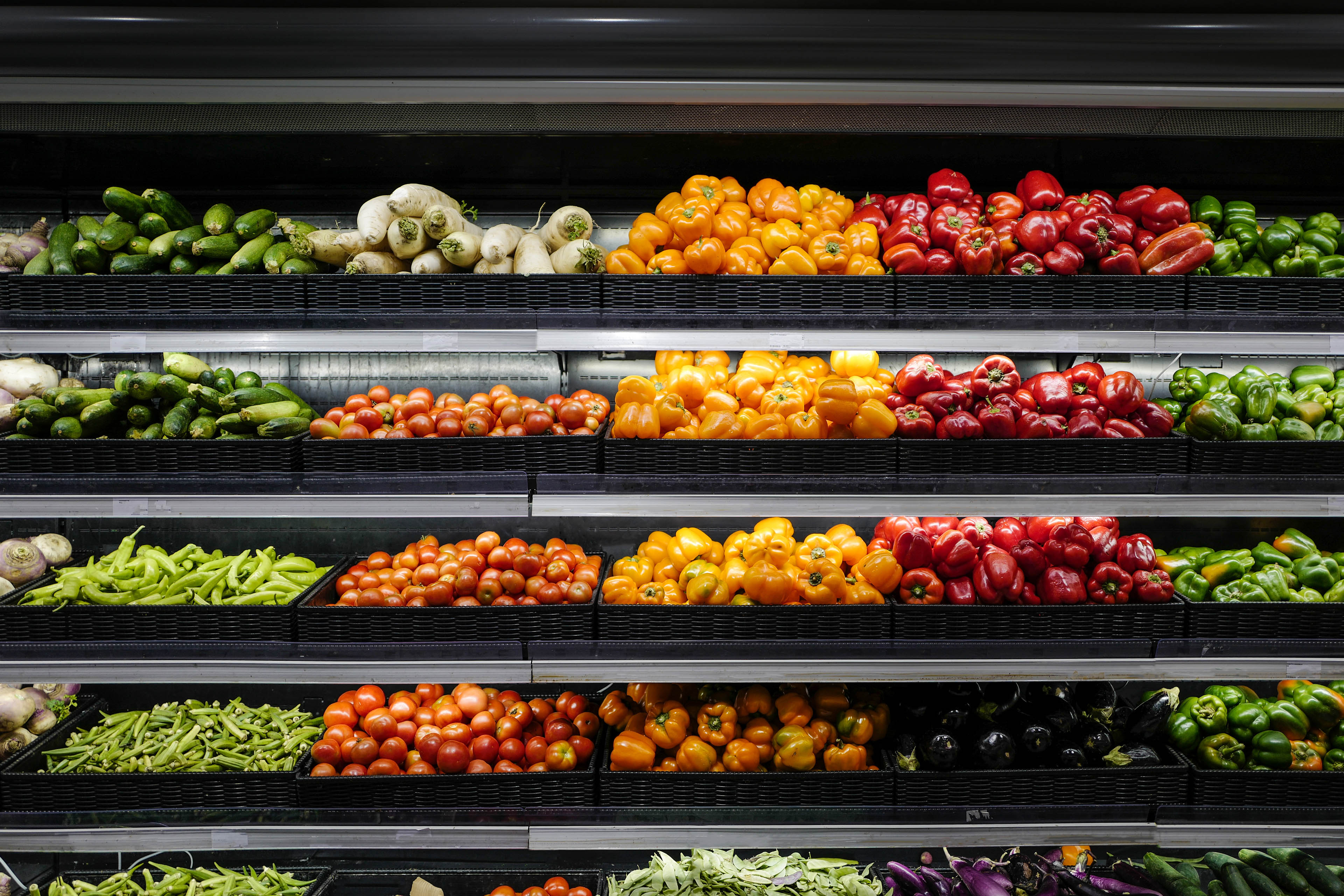EY refers to the global organization, and may refer to one or more, of the member firms of Ernst & Young Global Limited, each of which is a separate legal entity. Ernst & Young Global Limited, a UK company limited by guarantee, does not provide services to clients.
How EY can help
-
EY Studio+ helps organizations build differentiated experiences that adapt with customers and drive sustainable long-term value. Read more on studio.ey.com.
Read more
Despite a potentially looming recession and prices of goods at an all-time high, US consumers will continue to do what they do best — consume.
- Perhaps stress spending makes them feel better: 44% tend to buy nonessentials because it makes them feel happy, compared with 35% globally.
- Perhaps consumers are willingly giving in to the “illusion of the markdown” where this year’s discount is last year’s full price because of inflation.
- Perhaps the excess savings and pent-up demand of the last two-and-a-half years hasn’t run its course or credit use has become more alluring: The Index finds that only 36% say the rising cost of goods is making it hard to afford things. On the flip side, US household debt surpassed $16 trillion for the first time ever during the second quarter and credit card balances increased by $46 billion last quarter, according to the NY Fed.
- Perhaps the worry is only short-term: Half say they believe life will be better three years from now and 85% say their financial situation will be the same or better a year from now.
Whatever the reason, it would benefit retailers and brands to revisit recessions past to see what they can learn from consumer response and how they might apply those learnings to the intensified climate we find ourselves in today.
Back to the future: What holiday shopping season?
Luckily for retailers that have their shelves properly stocked, the disconnect is showing in the near term as macro anxiety isn’t dampening consumers’ holiday spirit. And this year’s Black Friday turnout is proof.
- Sixty-nine percent of US consumers think they will spend about the same or more than they did last year. Of those, 24% plan to spend more, up 9% from this time last year.
- A majority plan to spend the same or more than last year on gifts for friends (69%), family (74%) and children (82%), despite increased cost of goods.
- Only 37% are looking to save money this holiday season.
Consumers’ ability to spend the same or more this year could be explained by a “back to the future” approach. Consumers are shopping like their grandparents did — buying gifts year-round and hiding them away or stretching their dollar throughout the holiday season. For some categories, they plan to purchase items ahead of time to avoid missing them.
- Percentage who will purchase ahead of time by category:
- Packaged food (57%)
- Nonelectronic gifts (41%)
- Electronic gifts (38%)
- Fresh food (32%)
To win this holiday, retailers and brands must rethink the traditional shopping season and align discount and inventory strategies to help consumers stretch their dollar all season and all year long.
Pushing past the tension
The dynamics between the consumer and the economy have created a complex environment for companies eager to drive loyalty. Consumers will spend despite what’s taking place around them. That much, retailers and brands know for sure. The real issue is that consumers will be more discerning about the how and the where, knowing their dollar is worth less. That how and where are defined by value.







